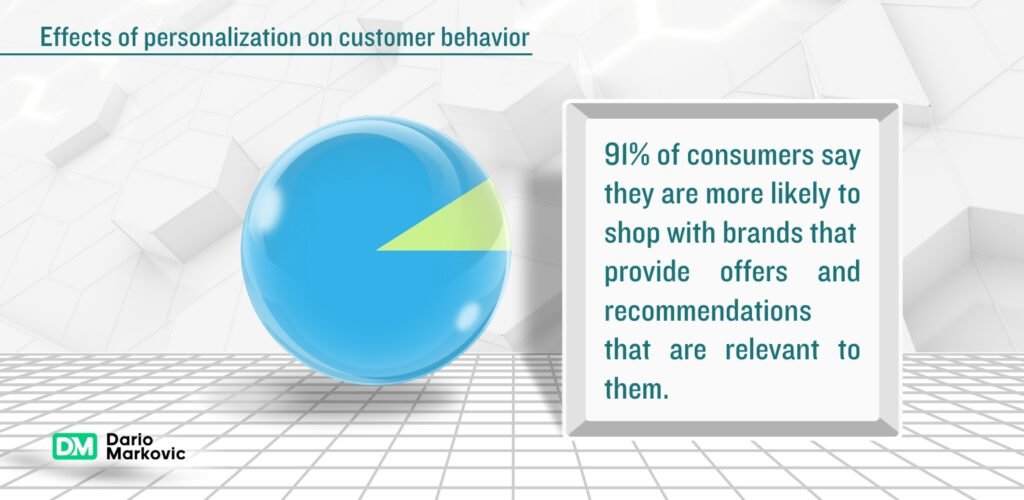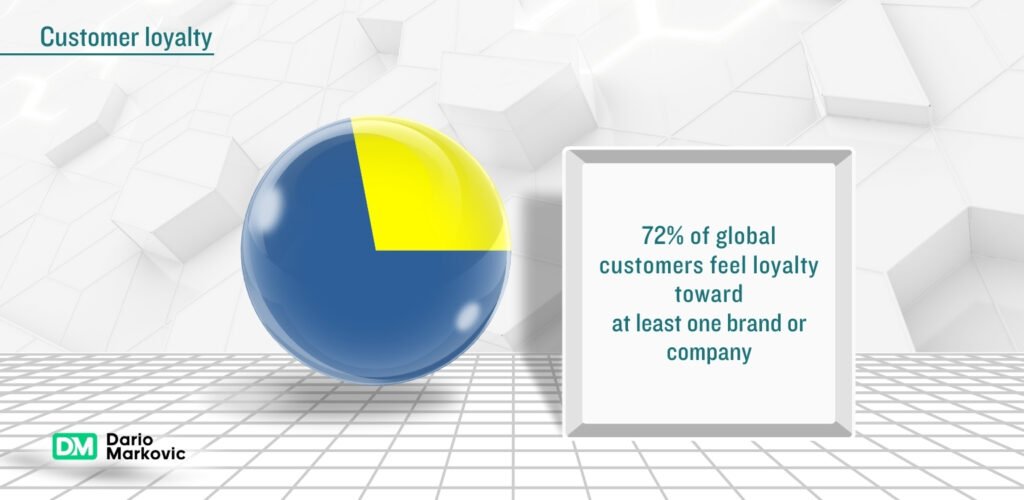In this blog, we’ll explore the benefits of implementing a customer service rewards program for small businesses, and provide tips on how to create an effective program that drives customer engagement and loyalty.
As a small business owner, you understand the importance of providing exceptional customer service to build loyalty, drive retention, and encourage positive word-of-mouth. However, did you know that recognizing and rewarding your customers for their loyalty and interactions can take your customer service to the next level?
Customer Service Rewards Program For Small Businesses: 3 Point Summary
Customer Service Rewards Programs are Essential for Small Businesses
Implementing a planned customer service rewards program can help small businesses increase customer loyalty and retention, drive revenue growth, and improve customer satisfaction and experience. By recognizing and rewarding customers for their loyalty and interactions, small businesses can differentiate themselves from their competitors and build a loyal, persistent customer base.
Designing an Effective Customer Service Rewards Program is Crucial
To be successful, a customer service rewards program must be designed with the customer in mind. This includes keeping the program simple, making it personal, communicating clearly, setting realistic goals, and continuously improving. By understanding customer preferences and behaviors, small businesses can create a program that resonates with their target audience and drives desired outcomes.
Customer Service Rewards Programs Can Drive Long-Term Growth and Success
Small businesses can drive long-term growth and success by implementing a customer service rewards program. By increasing customer loyalty and retention, driving revenue growth, and improving customer satisfaction and experience, small businesses can establish a strong foundation for future success. With a well-designed program, small businesses can attract new customers.
Why Customer Service Rewards Matter
Customer service rewards programs are designed to incentivize customers to continue doing business with your company by offering benefits, discounts, or exclusive offers in exchange for their loyalty and repeat business. Here are just a few reasons why customer service rewards programs are essential for small businesses:
- Increased Customer Loyalty: Rewards programs encourage customers to return to your business, increasing customer loyalty and reducing churn rates.
- Positive Word-of-Mouth: Satisfied customers are more likely to share their positive experiences with friends and family, driving referral business and online reviews.
- Competitive Advantage: A well-designed rewards program can differentiate your business from competitors and make your brand more attractive to customers.
- Data Collection and Insights: Rewards programs provide valuable data on customer behavior and preferences, helping you make informed business decisions.

Types of Customer Service Rewards
When designing a customer service rewards program, consider the following types of rewards:
- Points-Based System: Customers earn points for each purchase, redeemable for discounts, free products, or services.
- Tiered Rewards: Customers advance through levels or tiers based on their purchases or interactions, unlocking exclusive benefits and rewards.
- Exclusive Offers: Customers receive special deals, early access to new products, or limited-time discounts.
- Surprise and Delight: Randomly reward customers with surprise gifts or perks to create a memorable experience.
Tips for Creating an Effective Customer Service Rewards Program
- Keep it Simple: Design a program that’s easy to understand and participate in.
- Make it Personal: Tailor rewards to individual customer preferences and behaviors.
- Communicate Clearly: Clearly communicate program details, benefits, and rewards through multiple channels.
- Set Realistic Goals: Establish achievable goals and metrics to measure program success.
- Continuously Improve: Regularly review and refine your program to ensure it remains relevant and engaging.
Real-Life Examples of Successful Customer Service Rewards Programs
- Starbucks Rewards: Starbucks’ loyalty program offers personalized rewards, exclusive deals, and birthday treats, driving customer loyalty and retention.
- Sephora’s Beauty Insider: Sephora’s program rewards customers with points, free products, and exclusive access to new launches, fostering a loyal community of beauty enthusiasts.
- Dunkin’ Donuts Perks: Dunkin’ Donuts’ rewards program offers free drinks, discounts, and surprise rewards, encouraging frequent visits and loyalty.
Implementing a customer service rewards program can help small businesses build loyalty, retain customers, and generate positive word-of-mouth. To make it work, you need to design a program that resonates with your customers and continuously improve it.
Remember, there’s no one-size-fits-all solution. Experiment with different types of rewards and programs to find what works best for your business and customers.

Statistics About Customer Service Rewards Programs
Customer Loyalty and Retention
- 85% of companies that implement a loyalty program see an increase in customer retention. (Source: LoyaltyOne)
- 67% of customers say they are more likely to continue doing business with a company that offers a loyalty program. (Source: Bond Brand Loyalty)
- Loyalty program members are 70% more likely to recommend a company to others. (Source: LoyaltyOne)
Customer Engagement and Interaction
- 60% of customers say they are more likely to engage with a brand that offers personalized rewards. (Source: Deloitte)
- 55% of customers say they would increase their purchases from a company that offers rewards. (Source: Bond Brand Loyalty)
- 45% of customers say they would switch to a competitor if they didn’t receive personalized rewards. (Source: Deloitte)
Revenue and Sales Growth
- Loyalty programs can increase sales by 10% to 15%. (Source: Harvard Business Review)
- Companies with loyalty programs see an average revenue growth of 2.5% to 5%. (Source: LoyaltyOne)
- Personalized rewards can increase sales by 20% to 30%. (Source: Deloitte)
Customer Satisfaction and Experience
- 83% of customers say they feel more valued when they receive personalized rewards. (Source: Bond Brand Loyalty)
- 75% of customers say they are more likely to forgive a company for a mistake if they offer a loyalty program. (Source: LoyaltyOne)
- 70% of customers say they are more likely to recommend a company that offers personalized rewards. (Source: Deloitte)
Industry-Specific Statistics
- In the retail industry, loyalty program members spend 13% more than non-members. (Source: Nielsen)
- In the hospitality industry, loyalty program members book 50% more rooms than non-members. (Source: Hospitality Technology)
- In the financial services industry, loyalty program members are 25% more likely to open new accounts. (Source: FIS)
Challenges and Opportunities
- 60% of companies say they struggle to personalize rewards to individual customers. (Source: Deloitte)
- 55% of companies say they lack the data and insights to create effective loyalty programs. (Source: LoyaltyOne)
- 45% of companies say they plan to invest more in loyalty programs in the next year. (Source: Bond Brand Loyalty)
These statistics demonstrate the importance of implementing a customer service rewards program that is personalized, engaging, and rewarding for customers. By doing so, businesses can increase customer loyalty and retention, drive revenue growth, and improve customer satisfaction and experience.
Rewarding Loyalty Is The Secret to Long-Term Customer Relationships
I’m convinced that customer service rewards programs are a key part of building a loyal customer base. When you show your customers that you value their business, they’re more likely to stick around and recommend your brand to others.
But it’s not just about offering discounts or freebies. To really make an impact, you need to understand what your customers want and need. What drives their behavior? What do they love about your business?
When you take the time to listen to your customers and design a rewards program that meets their needs, you’ll see a real difference. Your customers will feel valued and appreciated, and they’ll be more likely to become loyal advocates for your brand.
So, don’t be afraid to get to know your customers and tailor your rewards program to their unique needs and preferences. It may take some effort, but it’s worth it in the end.
FAQ
A customer service rewards program is a system designed to recognize and reward customers for their loyalty, repeat business, and positive interactions with a company.
A customer service rewards program can help increase customer loyalty and retention, drive revenue growth, and improve customer satisfaction and experience.
Rewards can include points, discounts, free products or services, exclusive access to new products, surprise gifts, or personalized offers.
To design an effective program, consider the following: keep it simple, make it personal, communicate clearly, set realistic goals, and continuously improve.
Measure success by tracking key metrics such as customer retention rates, revenue growth, customer satisfaction scores, and program participation rates.
Yes, you can tailor your program to fit your business goals, target audience, and industry. Consider your customers’ preferences, behaviors, and pain points when designing your program.
Communicate your program through multiple channels, including email, social media, in-store promotions, and website banners. Clearly explain program details, benefits, and rewards to ensure customer understanding and engagement.
Implement measures to prevent abuse, such as setting clear program rules, monitoring customer behavior, and using secure systems to track rewards and redemptions.
Yes, integrate your rewards program with other customer service initiatives, such as customer feedback programs, loyalty apps, and social media engagement to create a seamless customer experience.
Regularly review and refine your program to ensure it remains relevant and engaging to customers. Update your program every 6-12 months to reflect changing customer needs and preferences.
Common mistakes include: making the program too complex, not communicating clearly, not personalizing rewards, and not setting realistic goals.



